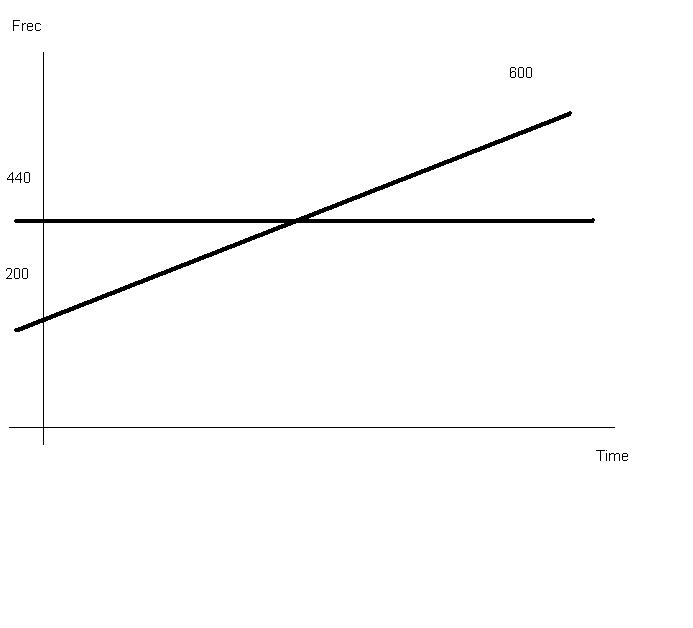Precise Tuning Myth? |
|
|
|
|
|
| Mar 17 2009, 07:50 PM |
|
I've heard this from some people, while other people never have heard of such a thing, but here goes:
If I tune my guitar the way I'm used to (5th frets and such). Then I start from the low E string and gently hold my finger over the 12'th fret without touching the neck (the actual smal fret of wood, not the neckboard), ring it, release my finger and then play the same way with the 7'th fret on the A string. I've heard that if I listen to the sound, I can hear small vibrations if they're not tuned precise, and can use this technique to fine tune until I hear only a clean non-vibrating sound. It makes sense since sounds are vibrations, and diffrent hertz create different tones. I was basicly just wondering if any of the instructors or students have heard of this method, or if I've been ignorant for so long? (The B string is tuned by holding down the 8'th fret all the to the neck the way you usually play, by the way) -------------------- GMC is not just a website... It's a lifestyle!
 https://www.youtube.com/CanisArctus ->Click here for the ultimate practicing tip!<- |
|
|
||
|
|
|
|
| Mar 17 2009, 07:54 PM |
|
Are you talking about using harmonics to tune, and when there not exact it goes. WAH WAH WAH WAH WAH, either in a slow, or fast pace? I guess that's exactly what I'm talking about -------------------- GMC is not just a website... It's a lifestyle!
 https://www.youtube.com/CanisArctus ->Click here for the ultimate practicing tip!<- |
|
|
||
|
|
|
|
| Mar 17 2009, 10:47 PM |
|
It's always better to tune guitar listening to higher range notes, harmonic perhaps. By the way A isn't 440 hz!
-------------------- |
|
|
||
|
|
|
|
| Mar 18 2009, 11:34 AM |
|
When you say it's not perfect, do you mean the placement of the frets and the tension on the neck ? If so, isn't it possible, in theory at least, to build a guitar where the frets and neck are calculated to the tension of the strings and all that ? In theory ....yes. But also in reality http://www.truetemperament.com/site/index....7&Itemid=36 |
|
|
||
|
|
|
|
| Mar 18 2009, 11:34 AM |
|
When you say it's not perfect, do you mean the placement of the frets and the tension on the neck ? If so, isn't it possible, in theory at least, to build a guitar where the frets and neck are calculated to the tension of the strings and all that ? About fret placement for better intonation you can find out more here OR... what DeepRoots said ^^ -------------------- My bands homepage
All time favourites: B. Streisand - Woman in Love, M. Hopkin - Those were the days, L. Richie - Hello |
|
|
||
|
|
|
|
| Mar 18 2009, 02:01 PM |
|
You can use harmonics or intervals to create vibrations and tune all the strings using them. When for example you are on distorted channel, make a natural harmonic on 5th fret of low E string, and 7th fret on A string, and they should ring without vibrations. The more they are off, the greater the rate of vibration will be. you can try that using 4th intervals as well, by just fretting anywhere root and 4th on the next string, and they should also be without vibrations.
-------------------- - Ivan's Video Chat Lesson Notes HERE
- Check out my GMC Profile and Lessons - (Please subscribe to my) YouTube Official Channel - Let's be connected through ! Facebook! :) |
|
|
||
1 User(s) are reading this topic (1 Guests and 0 Anonymous Users)
0 Members:





































